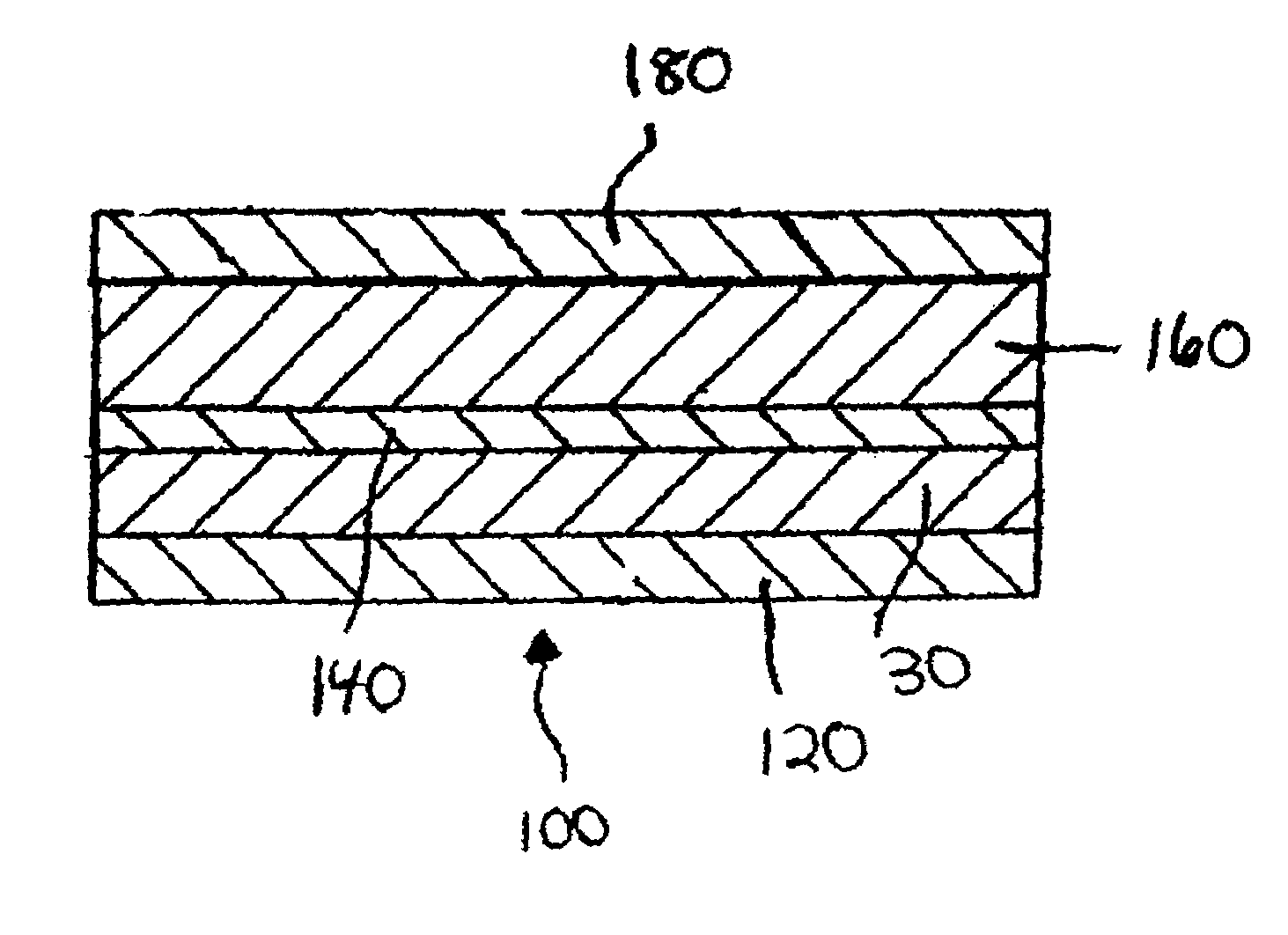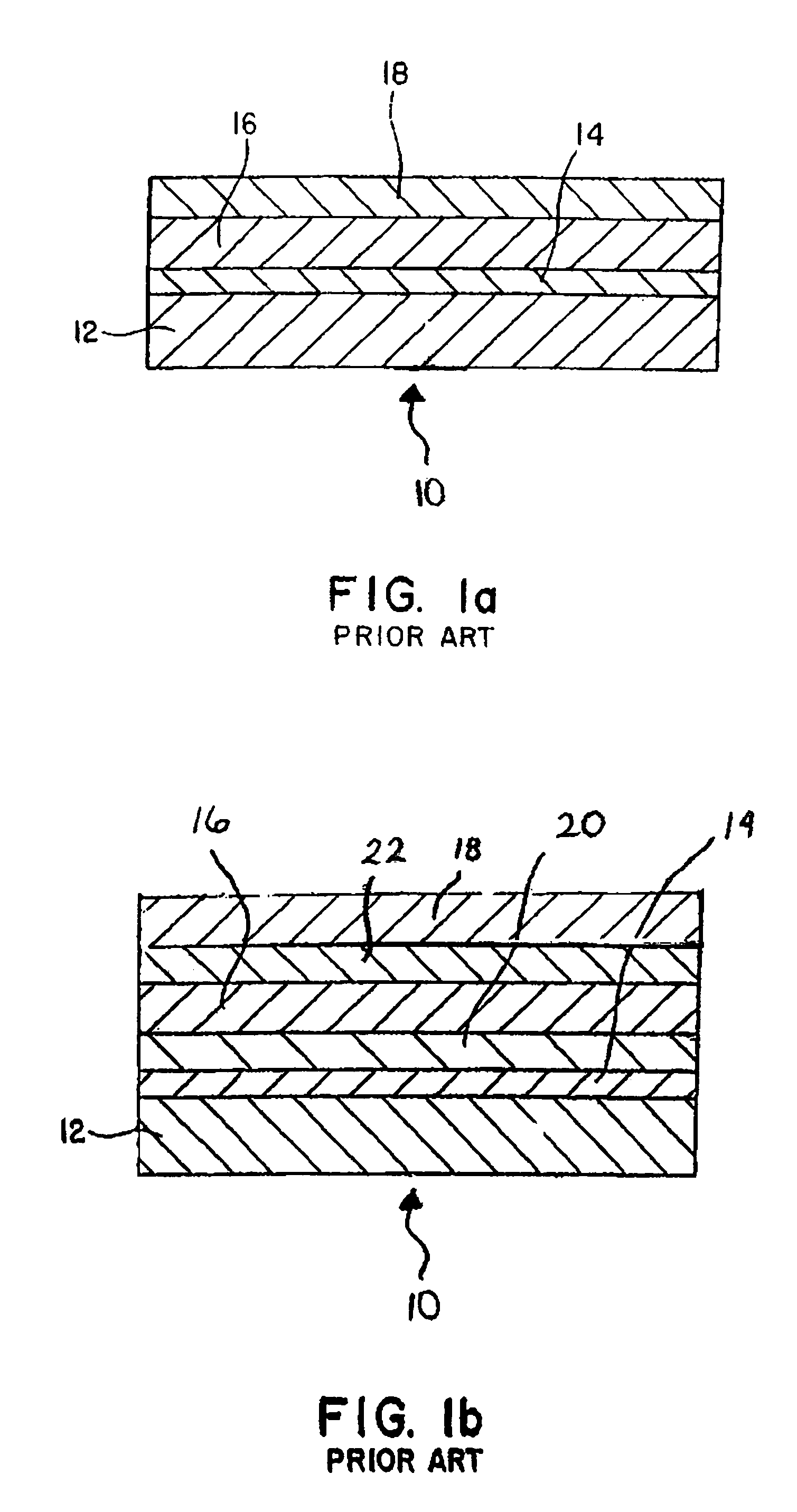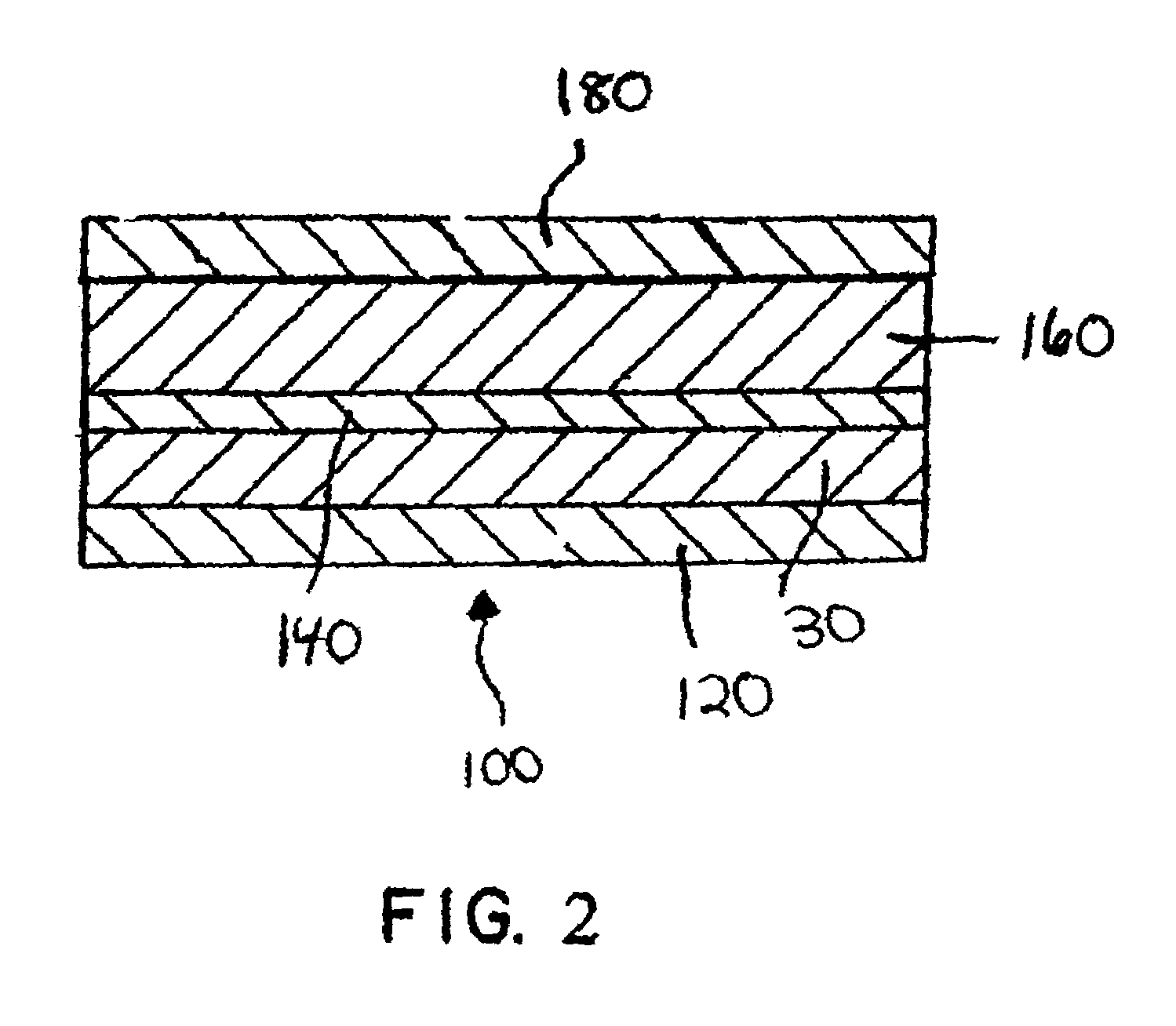Coating system for silicon based substrates
a coating system and silicon based technology, applied in the direction of superimposed coating process, natural mineral layered products, water-setting substance layered products, etc., can solve the problems of reducing flexural or tensile strength, accelerated oxidation and recession of materials at high temperature, and reducing substrate strength, etc., to reduce substrate strength, less flaws, and less damage
- Summary
- Abstract
- Description
- Claims
- Application Information
AI Technical Summary
Benefits of technology
Problems solved by technology
Method used
Image
Examples
example 1
[0018]26.67 gm of yttrium disilicate (Y2Si2O7) was added to 10 ml of deionized water with 2.5% Darvan by weight (2.5 gm Darvan in 100 ml water). The slurry was ball milled for 30 minutes. Six silicon nitride bars were dipped in the slurry and dried. The coated bars were subsequently fired at 1350° C. for 5 hours. The dip process was repeated another time and the bars were refired at 1350° C. for 5 hours. Subsequently, the samples were introduced in a CVD reactor and coated with 35 and 70 microns of silicon. The reactor was maintained at 850-900° C. and the deposition of silicon was carried out as per the following reaction:
SiH2Cl2(g)+H2(g)→Si(s)+2HCl(g)+H2(g)[0019]The flexure strength of the coated samples was measured in four-point bending and the average strength was found to be comparable to that of the uncoated silicon nitride samples (FIG. 3). As can be seen from FIG. 3 the high strength of uncoated silicon nitride is maintained even after it is coated.
example 2
[0020]31.33 gm of yttrium monosilicate (Y2SiO5) was added to 10 ml of water with 2.5% Darvan by weight (2.5 gm Darvan in 100 ml water). The slurry was ball milled for 30 minutes. Six silicon nitride bars were dipped in the slurry and dried. The coated bars were subsequently fired at 1350° C. for 5 hours. The dip process was repeated another time and the bars were refired at 1350° C. for 5 hours. Subsequently, the samples were introduced in a CVD reactor and coated with 20 microns of silicon. The reactor was maintained at 850-900° C. and the deposition of silicon was carried out as per the following reaction:
SiH2Cl2(g)+H2(g)→Si(s)+2HCl (g)+H2(g)[0021]The flexure strength of the coated samples was measured in four-point bending and the average strength was found to be 90% of that of uncoated silicon nitride bars.
example 3
[0022]Air plasma spray was used to deposit 125 microns of silicon on a silicon nitride substrate. The flexure strength of coated bars was measured in four-point bending and the average strength was found to be approximately 50% of that of uncoated silicon nitride bars.
PUM
| Property | Measurement | Unit |
|---|---|---|
| elastic modulus | aaaaa | aaaaa |
| elastic modulus | aaaaa | aaaaa |
| porosity | aaaaa | aaaaa |
Abstract
Description
Claims
Application Information
 Login to View More
Login to View More - R&D
- Intellectual Property
- Life Sciences
- Materials
- Tech Scout
- Unparalleled Data Quality
- Higher Quality Content
- 60% Fewer Hallucinations
Browse by: Latest US Patents, China's latest patents, Technical Efficacy Thesaurus, Application Domain, Technology Topic, Popular Technical Reports.
© 2025 PatSnap. All rights reserved.Legal|Privacy policy|Modern Slavery Act Transparency Statement|Sitemap|About US| Contact US: help@patsnap.com



